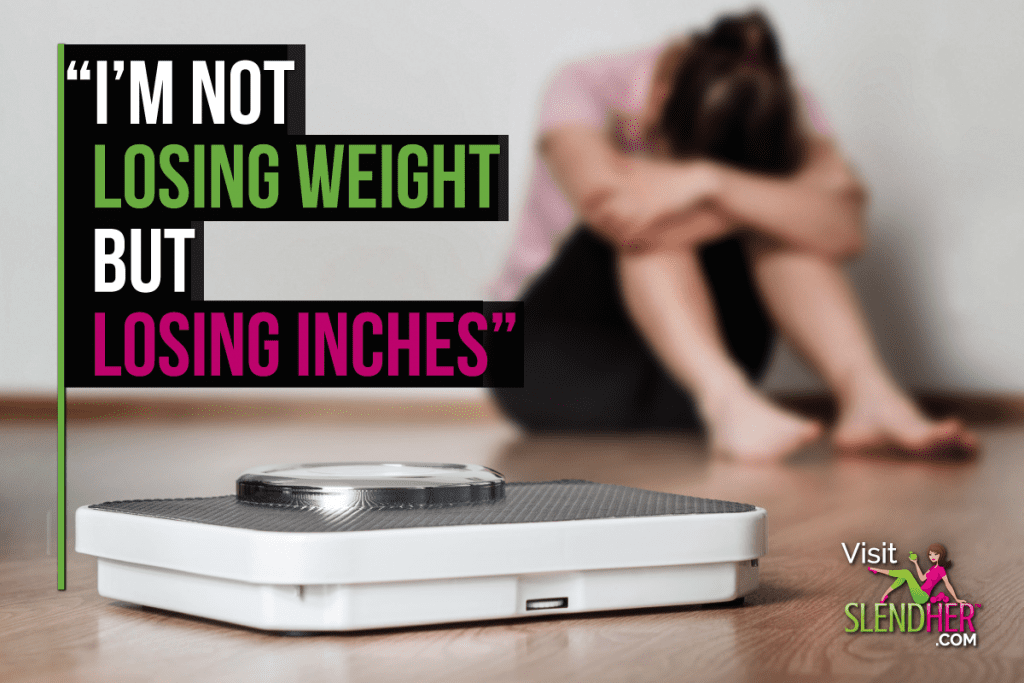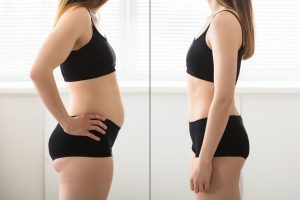
When it comes to making changes with health and fitness, there is so much power in the term weight loss. As a culture we have become fixated on losing weight that those two words have dug deep into our psyche. At this point most people believe that this is the only way to be healthy and fit.
“Weight loss” is actually an inaccurate portrayal of the hard work you put in day-in-and-day-out on your workout programme and nutrition plan. You begin with huge enthusiasm and extreme motivation to kick ass and go all in at getting the results you want. But then you hop on the scale and see that the number hasn’t budged, or maybe it has increased, so you stop the new workout and nutrition plan, and go back to where you were before. Does this sound familiar for you?
When the number on that scale doesn’t budge, it becomes frustrating. You may even start beating yourself up and thinking you didn’t try hard enough. The issue with focusing on “weight loss” is you don’t take note of all the other amazing changes you are making. The new healthy habits, the confidence boost, the realisation that you can exercise daily and eat healthy food. All of these positive steps are thrown away once the number on the scale comes into equation.
If you are consistent with a fitness and nutrition programme that focuses on health for now and the long term, then you’re most likely losing body fat and gaining muscle. As the body transition from extra body fat to more muscle, there will be a period of time where the body will weigh the same or more.
Losing Weight or Losing Bodyfat

Over the 10 years of being a personal trainer, I have learned that when someone says they want to lose weight, they actually mean they want to lose body fat. Truthfully, they don’t care about the number on the scale, it’s about how they feel and look naked. Knowing the difference between losing weight and losing body fat can change how you see your self, your progress, and maybe even how you look at your own body. In fact, SlendHer has a policy of focusing on “fat loss” rather than “weight loss”.
When choosing a plan to lose body fat, whether aerobic exercise or strength training, the body is not only losing fat and burning calories, it is building muscle. An important point to remember is that a pound of muscle takes up less space than a pound of fat. If you’re losing fat and gaining muscle at the same rate, your body size shrinks, but the number on the scale won’t change.
When jumping on the scale and seeing the same weight from before you started working out, it is easy to feel you haven’t achieved anything. But take a note of other factors. How do you feel? How do your clothes fit? What are your waist and hip measurements?
Losing Inches

Just remember it is possible to get slimmer, leaner and fitter without seeing a change in your weight. Losing inches is a good sign that your body is changing. Instead of focusing on the scale, focus on the changes in your body. This will boost your confidence and keep you motivated to continue the new healthy habits.
Change How You Measure Your Success
Before starting any new fitness and nutrition plan use other methods of measuring your success to compare your results to help support a positive mindset for your body changes.
- Take measurements – Measure around the waist, hips, thighs and arms.
- Clothes fit – Go by how your clothes are fitting. Do they feel tighter or looser?
- Take pictures – Take full body pictures from the front, side and back.
- Bodyfat scale – Use a scale that measures body fat percentage, not just your overall weight.
- Performance goals – Pick a few goals to see your fitness progress. For example, being able to perform your first push up, do 10 push ups, run faster, do pull ups.
- Overall wellbeing – Take note of your overall mood, sleep, energy and confidence.
If you focus on the scale and it makes you feel depleted or a failure, then it is time to focus on other measurement tools for your goals. Put away the scale and choose to see your incredible results from your new healthy habits.

Leave a Reply